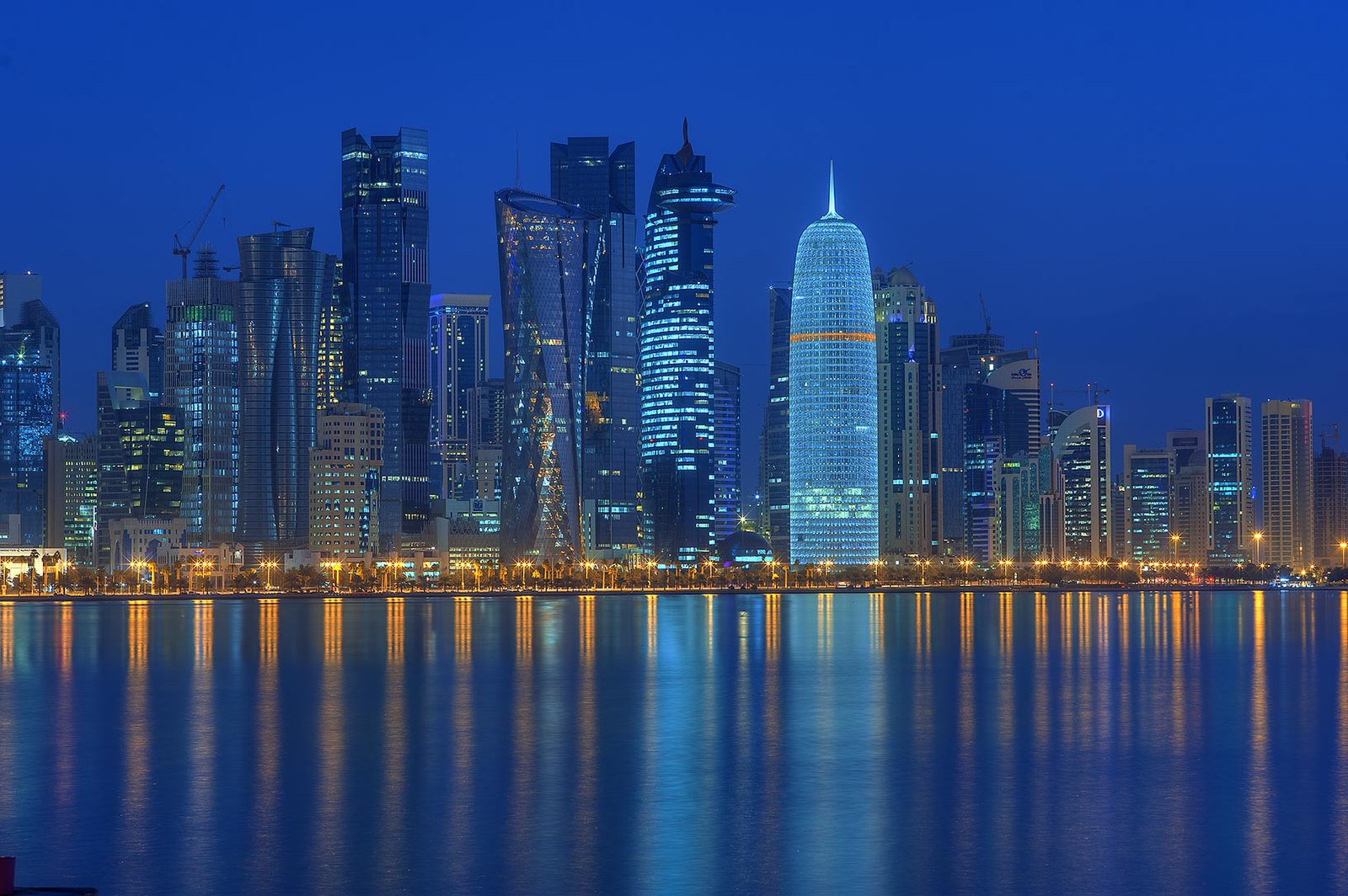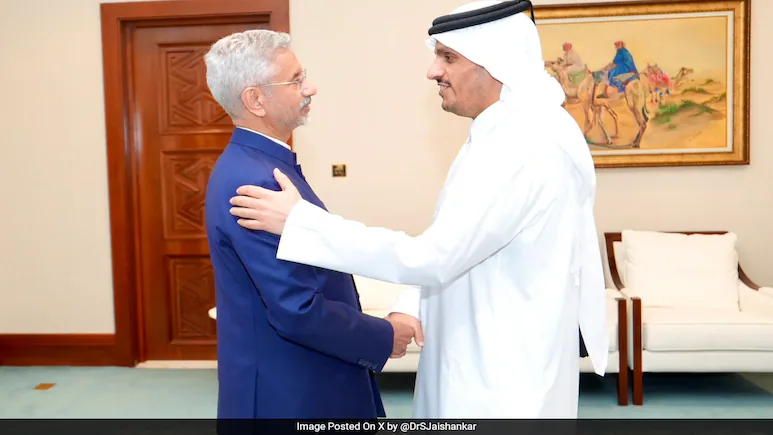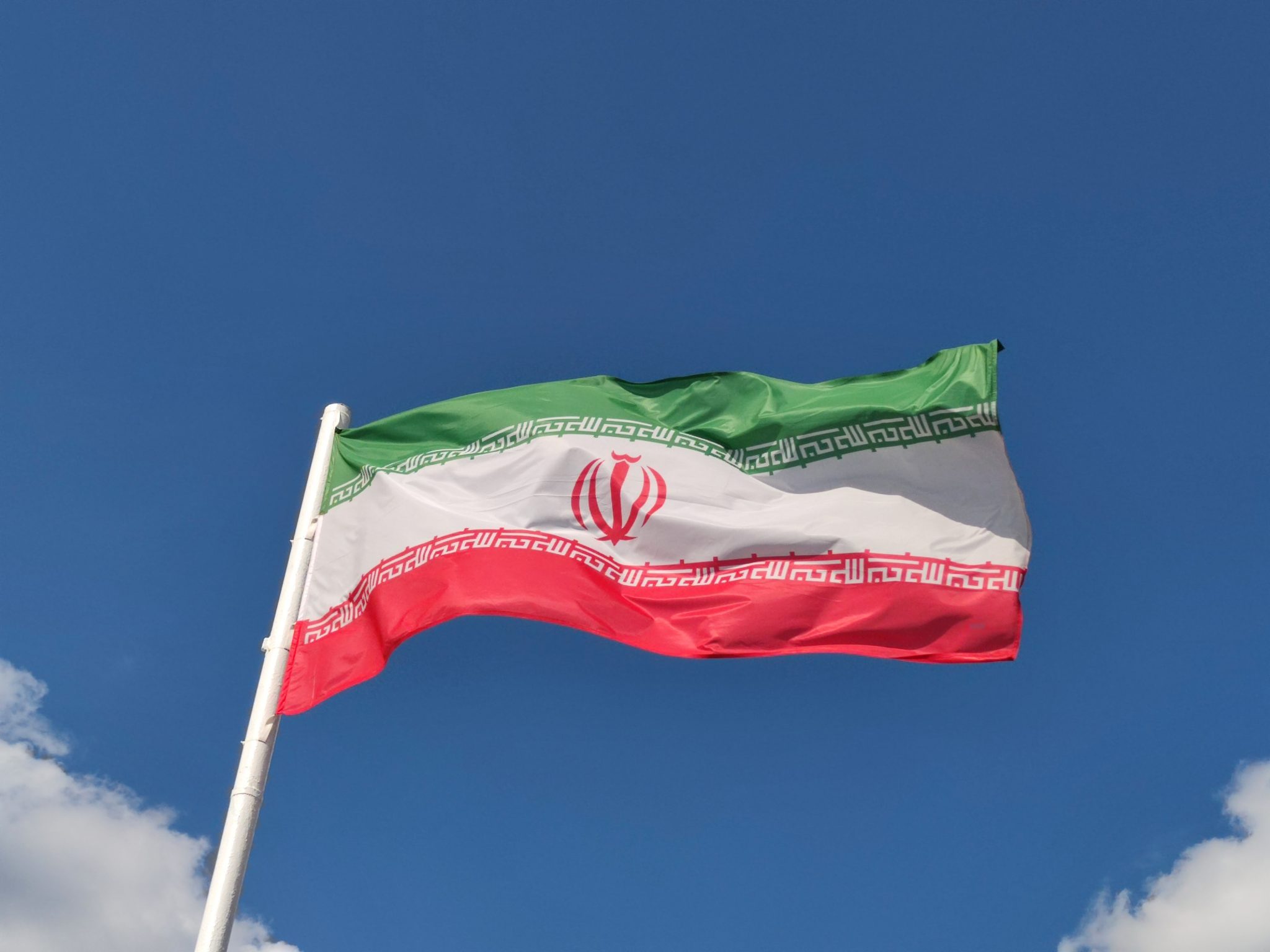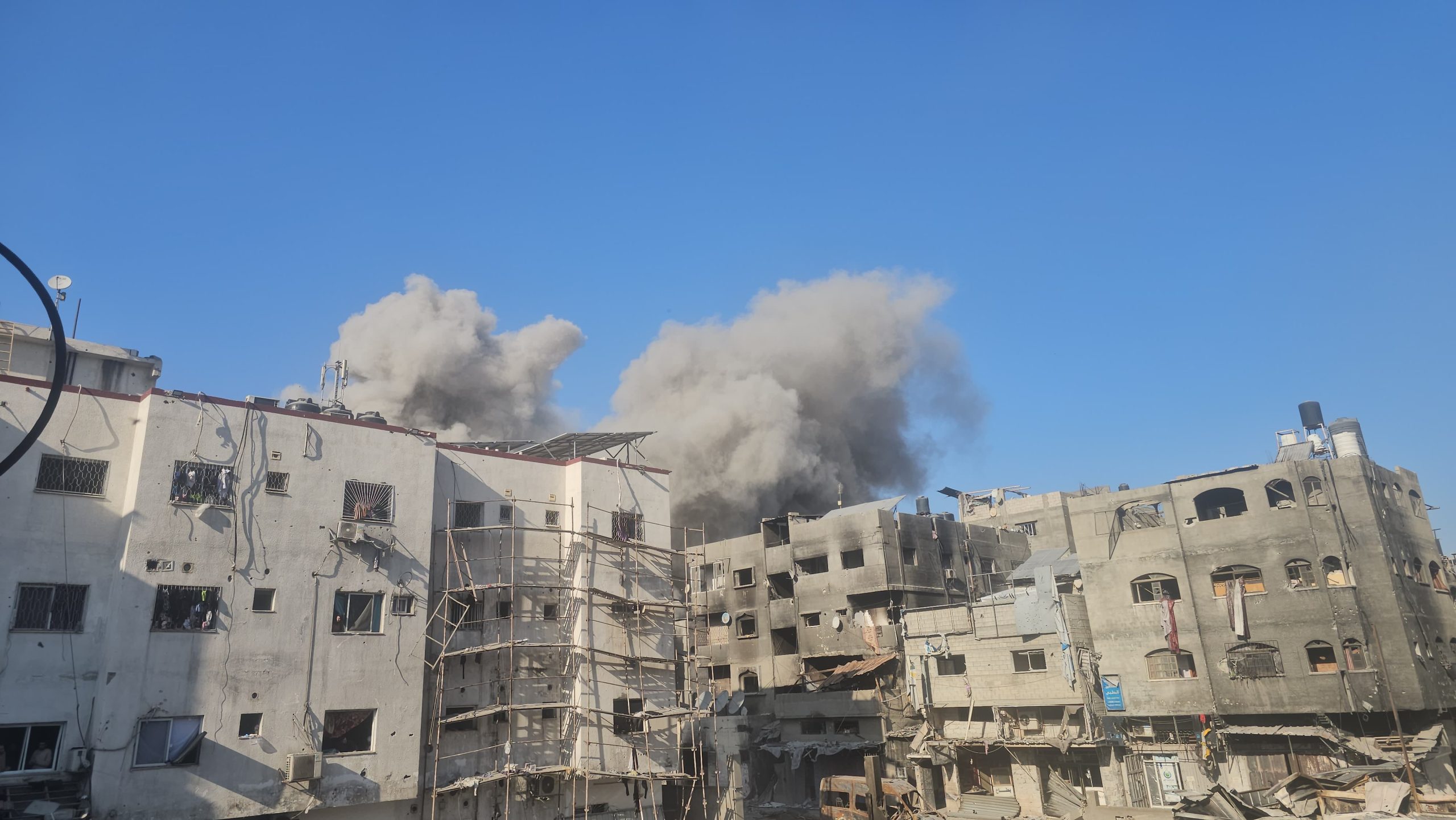The report outlines the successes and potential disruptors to the future of the national economy.
Fitch Ratings, a global research corporation in capital markets and credit rating provider, has upgraded Qatar’s Long-Term Foreign-Currency Issuer Default Rating from ”AA-‘ to ‘AA’.
In a report published on Wednesday, Fitch outlined their confidence in Qatar’s “stable outlook” – with a predicted general government budget surplus of 8.6% of GDP in 2024. This figure includes Fitch’s estimates of generated investment income on Qatar Investment Authority (QIA) external assets.
The report added that the Qatari banking sector assets reached 255% of gross domestic product (GDP) in 2023. However, this also presents risks, with the sector’s net foreign liabilities worth over $105 billion. This is almost 50% of Qatar’s GDP.
As the banking sector plays such a pivotal role in the Qatari economy, the Qatar Central Bank put measures in place to increase the cost for banks to obtain short-term foreign financing. This move decreased the gross foreign liabilities of banks to $181 billion by the end of 2023.
Aside from the Qatari government supporting the banking sector, especially at times of financial uncertainty, Fitch further highlighted other successes, and potential disruptors to the future of the national economy.
North Field expansion
According to Fitch, “Qatar is likely to retain budget surpluses until the 2030s a result of the North Field expansion.”
In February, QatarEnergy (QE) announced its new expansion project – North Field West, for its liquified natural gas. This will boost local production to 142 million tonnes annually before the end of 2030.
During a press conference in Doha, Qatar’s Minister of State for Energy Affairs, and QE CEO, Saad Al Kaabi, said that the discovery of additional gas quantities in the North Field, estimated at 240 cubic feet, would raise Qatar’s gas reserves from 1,760 cubic feet to more than 2,000 trillion cubic feet.
“These are very important results of great dimensions that will take Qatar’s gas industry to new horizons, as they will enable us to begin developing a new LNG project from the North Field’s western sector,” he added.
Assuming there will be no delays in construction and production, Fitch foresees that the North Field expansion will start supporting fiscal revenue fully from 2026 and phase two in 2027. This will bring down Qatar’s fiscal breakeven oil price to $50 billion in 2027 from approximately $64 billion in 2024.
Qatar’s energy portfolio also expands to 70% ownership of the Golden Pass LNG project in Texas. This project, a joint venture between QE and ExxonMobil, will start production in the first half of 2025. The project is expected to generate over 18 million tonnes per annum – further enhancing the national budget.
Debt in decline
Fitch also forecasts that Qatar’s debt is set to successively fall to 47% and 45% in 2024 and 2025 respectively. This is a sharp decline from 2020, when government debt accounted for 85% in relation to GDP.
In terms of the national debt management strategy, Fitch expects Qatar to continue repaying its $4.8 million maturing external debt throughout 2024. Maturing debt refers to the time needed to fully repay a loan or financial instrument, including both the period before payments commence and the overall repayment period.
However, Fitch predicts that in 2025, Qatar will refinance $2 billion of its maturing external debt, and make repayments on some domestic debts.
Declining debt, coupled with a government budget surplus, will allow the state to transfer new funds to the sovereign wealth fund – the QIA. National investment in the QIA will bolster economic diversification, long-term Qatari financial stability and development. This will positively guide the trajectory of mitigating national debt.
Regional stability in the balance
The report also alludes to regional instability induced by Israel’s expansionist aggression in the Gaza Strip, as potentially taking a toll on the Qatari economy in the future.
The Gaza Health Ministry reports that since October 7, the Palestinian death toll in the Strip has grimly climbed to at least 31,923 people. This figure doesn’t include people trapped under the rubble who can’t be reached safely.
Israel’s onslaught has also left at least 74,096 Palestinians injured. Despite the sheer toll taken on Palestine’s innocent, Israel’s occupational forces have also hit Gaza’s infrastructure.
The United Nations’ Humanitarian Office (UN OCHA) report that 60% of the enclave’s homes have been struck by Israeli fire. Further, at least 244 mosques and three churches have been shelled.
Worse still, the Strip’s health facilities and ambulances continue to be targets of Israel’s indiscriminate onslaught.
This has sparked reprisals from Yemen’s Houthi rebel group, who have vowed to target vessels in the Red Sea linked to Israel, the UK and the US to pressure an end to the war on the Gaza Strip.
Israel’s blood war on Gaza and continued tensions in the Red Sea, which poses a threat to maritime ecology and global trade, could escalate to interventions to other actors – such as Iran and the U.S. Such interventions could exacerbate tensions and contribute to economic upheaval in the region, including Qatar.
In January, however, QE stated that ongoing Red Sea tensions have not interrupted its LNG production.
“QatarEnergy confirms that Qatar’s LNG production continues uninterrupted, and our commitment to ensuring the reliable supply of LNG to our customers remains unwavering while the ongoing developments in the Red Sea area may impact the scheduling of some deliveries as they take alternative routes,” the state-owned company said.







